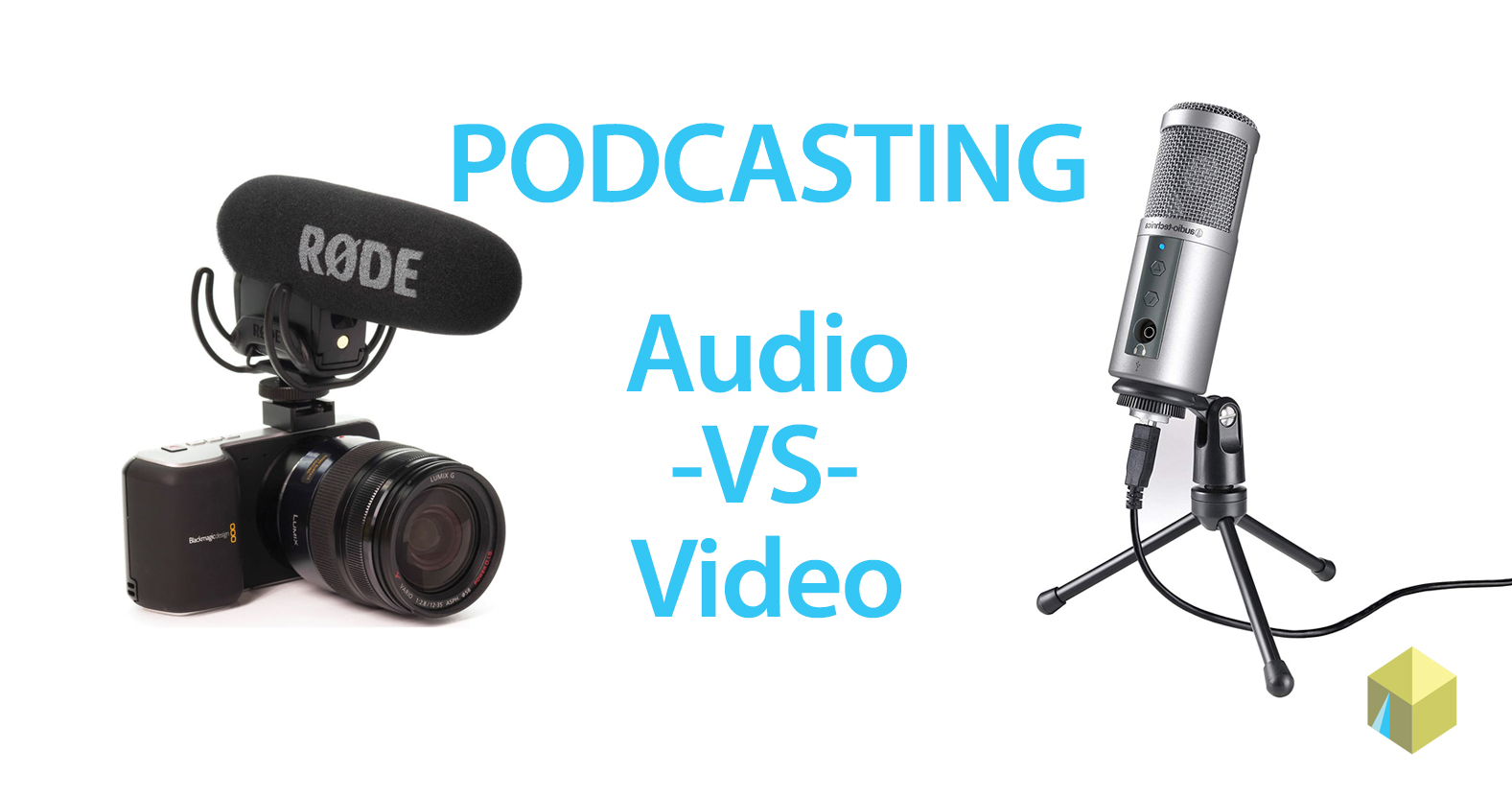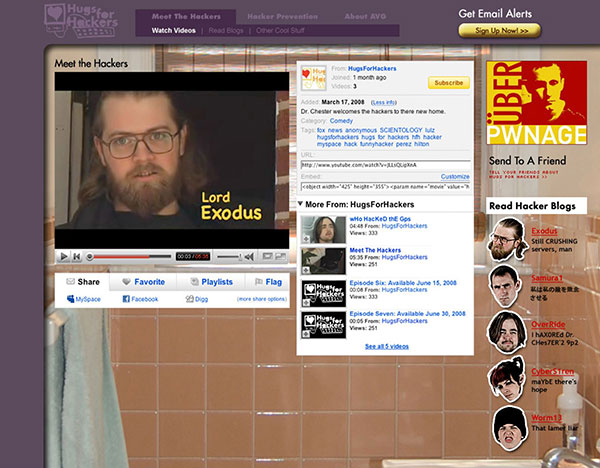
Aug
Audio vs. Video Podcasts
Will video podcasts kill the audio podcast star? With Spotify recently launching Video Podcasts (limited to specific creators for now) if you are thinking of starting a podcast to distribute content and increase brand engagement which direction do you go? Do you dive right into video or start with audio? There are pros and cons to both, and four main areas you should think about to make the right choice for you.
Audience
Don’t forget your audience. If you’re not appealing to your target audience then any effort is in vain. We all know that most everyone uses YouTube (YouTube – It’s Where The People Are) but does your audience have the attention span to consume your video podcast? Audio podcasts allow for multi-tasking. Listen anywhere on demand while you can do other tasks such as driving, cooking or doing lawn work, but to get the full benefits of video usually requires them to be in front of their device paying attention.
Content
Does your content lend itself, or even require a visual element? Can your audio podcast talent paint a picture while connecting and engaging the listener without video? If your content needs no real visual communication, audio podcasts would most likely fit your needs, but requires an engaging host and content that is specifically tailored to audio only. The audio content needs to keep the attention of the audience since they do not have to focus a second sense on the content and may easily be distracted.
Production
Yes, most of us have access to a video recording device with our smartphones, but to get the quality that portrays a professional well concepted video podcast it will probably require both more advanced equipment, as well as a skilled editor. On the other hand, audio-only podcast production is relatively inexpensive requiring only a good microphone and audio editing capabilities. It may also be easier to get potential guests to agree to audio only, as adding a video element can make some people more self-conscious than just audio. And face it, some of us are not “made for the screen”.
Distribution
There a myriad of distribution options for audio podcasts, and while some may join Spotify to include video, currently the main video podcast outlet is YouTube, and of course an audio podcast could also be uploaded to YouTube itself. But YouTube has both advantages and disadvantages in utilizing for podcast distribution. YouTube has a huge user pool and many people use it as a search engine, but in distributing your podcast via YouTube and getting it in front of (or to the ears of) your audience will take additional tactics and optimization strategy to do so in an efficient manner. YouTube is also expected to be visual, so if utilizing it for audio only podcast distribution will not be as engaging to users as a video podcast would be. YouTube also has the advantage of ease of shareability, while some audio podcast platforms are specific to one OS that can’t be easily shared to other listeners. In terms of audio podcast distribution platforms, there is no “standard” platform so determination of which platform suits your needs best or employment a multi-platform distribution strategy would be needed to scale your audience.
Overall, your content and audience should be the drivers of the type “–cast” you select, while also keeping in mind production capabilities, costs and distribution tactics and platforms. For now, audio podcasts are not dead and as long as there are multi-taskers that wish to be entertained and informed while in other constructive activity there will always be a desire for audio-only content.
Digitent helps ambitious brands engage and reach their target audiences through enhanced content strategies including custom podcast series’ built with world-class storytellers and delivered through our unique reach methodologies.





